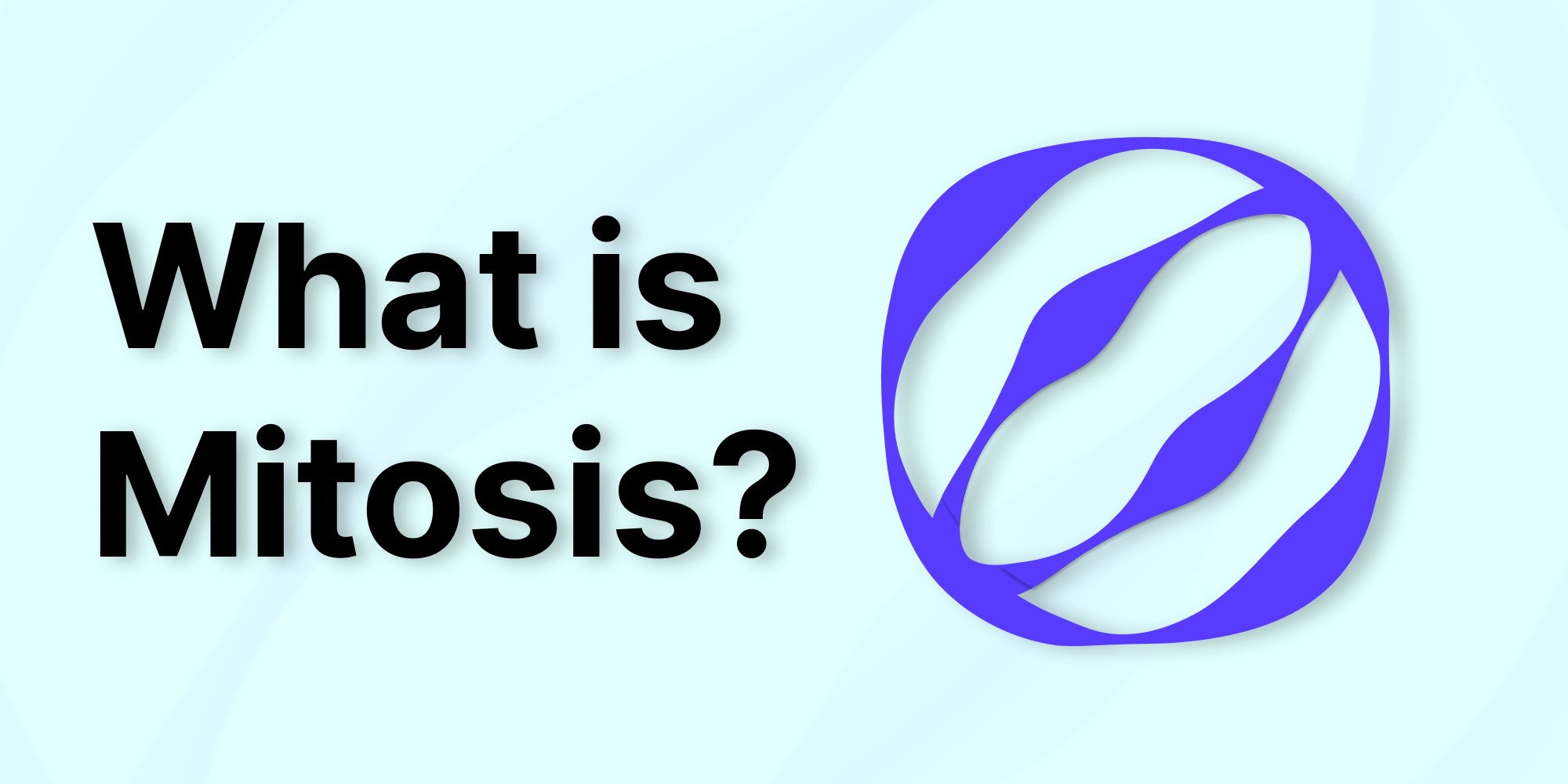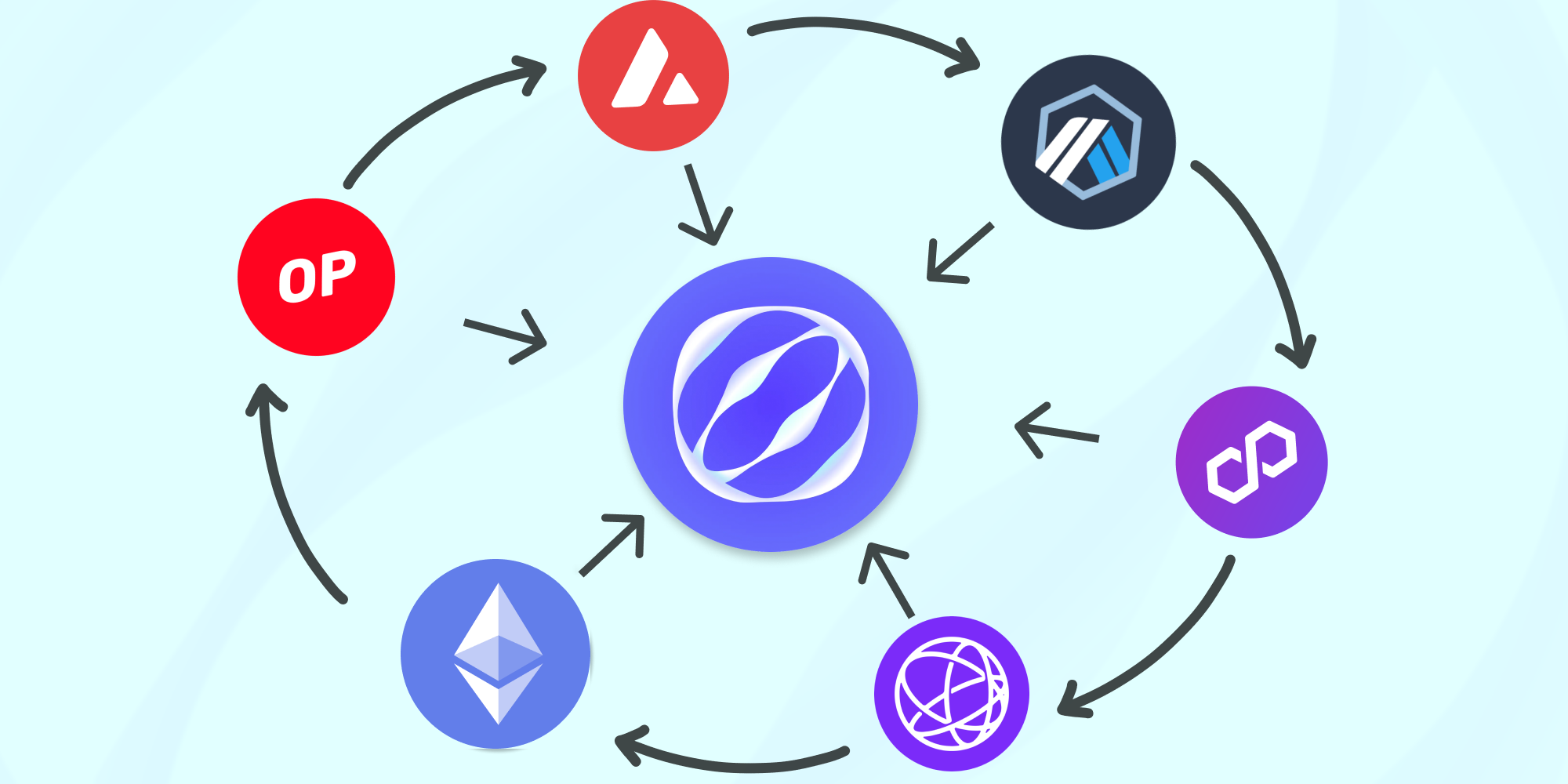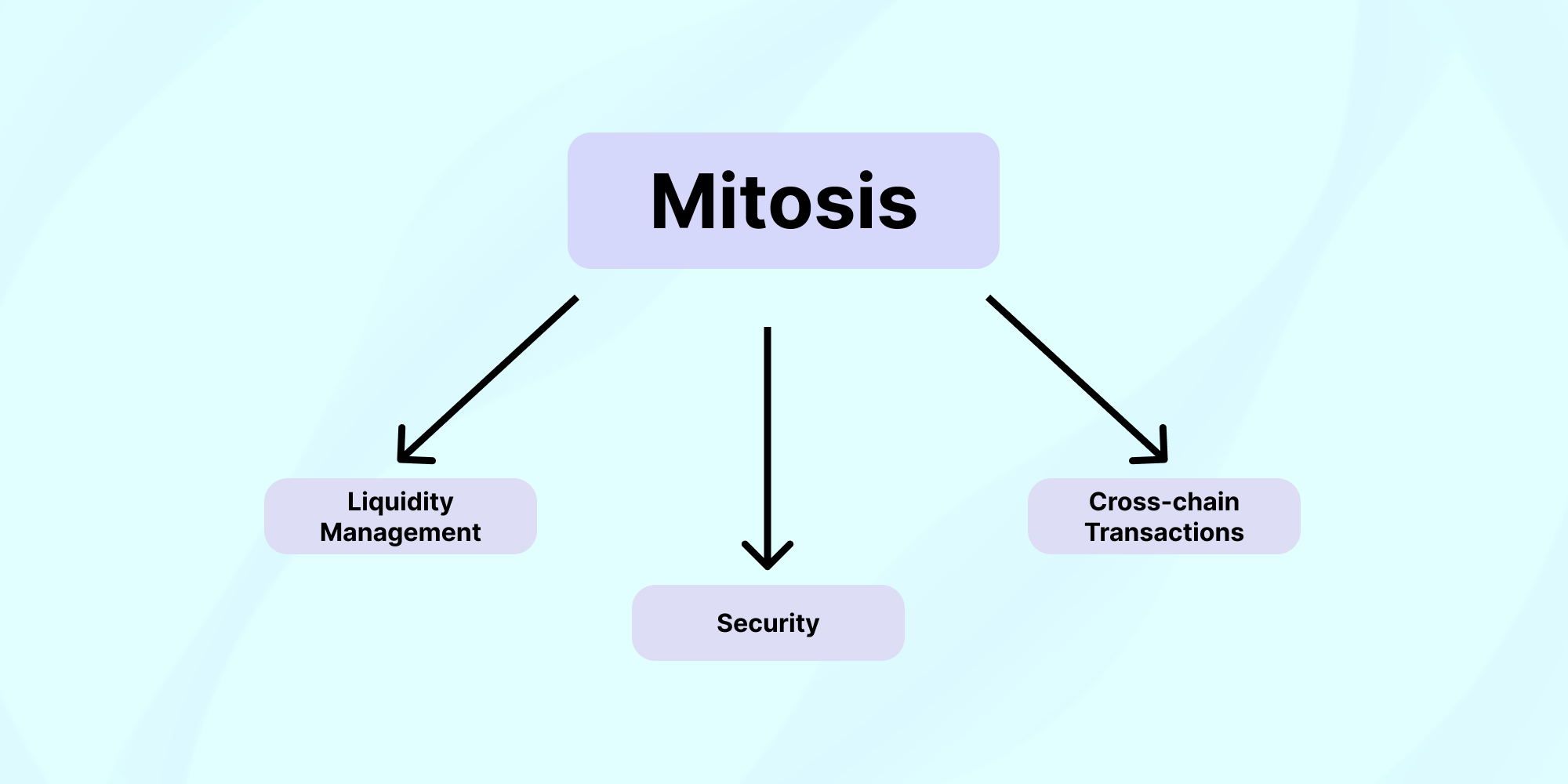The role of Mitosis in Web3: the future of decentralised applications

Introduction
In the world of Web3 and decentralised applications (dApps), efficient liquidity management and interoperability between blockchain ecosystems remain a key challenge. Many projects face challenges of scalability, asset fragmentation, and high transaction costs.
What is Mitosis?

💡 Mitosis is an innovative protocol aimed at improving liquidity in the Web3 space. Its goal is to remove barriers between different blockchain networks, ensure fast asset interactions, and increase the efficiency of decentralised finance. Thanks to its modular approach, Mitosis simplifies the movement of liquidity between blockchains, which opens up new opportunities for users and developers.
One of Mitosis' main advantages is its ability to work with liquidity across multiple blockchain platforms, enabling liquidity solutions to be integrated into various Web3 applications, including DeFi platforms, which significantly enhances user interaction with financial instruments.
Key Aspects of Mitosis
- Interaction between blockchains

One of the main problems with modern blockchain ecosystems is their limited interoperability. Decentralised applications often need to work with multiple networks simultaneously, which complicates operations and increases costs.
Mitosis allows liquidity to flow efficiently between different networks, creating an infrastructure for seamless asset movement. This empowers users by providing access to a wider range of DeFi products and services without the need to rely on centralised bridges. In addition, this integration reduces the risk of funds being blocked in certain networks and increases the overall efficiency of financial transactions in Web3.
- Scalability and efficiency

The increasing number of users of the Web3 space puts a strain on blockchains, resulting in high fees and slow transactions. Mitosis solves this problem with a unique modular liquidity model. This avoids network congestion and reduces costs, which is critical for the mass adoption of decentralised applications.
In addition, Mitosis' distributed liquidity system ensures an even distribution of assets across blockchains, which avoids excessive concentration of liquidity in one network. This contributes to greater stability of financial mechanisms in Web3 and creates new opportunities for developers of DeFi solutions.
- Security and decentralisation

One of the main challenges in the DeFi world is secure asset management without losing decentralisation. Mitosis uses cryptographically secure mechanisms that allow transactions to be carried out without the need to rely on centralised intermediaries. This reduces the risk of hacking or liquidity manipulation while maintaining the key principles of Web3.
Additionally, the Mitosis protocol includes risk management mechanisms that help minimise user losses in the event of sudden market changes. Automated security systems are built into its infrastructure, which guarantees the security and transparency of liquidity processes.
Impact on the future of decentralised applications
Mitosis opens up new opportunities for developers and users of decentralised applications:
• More efficient DeFi protocols: integration with Mitosis allows you to create financial applications with access to global liquidity without the limitations of a specific blockchain network.
• NFTs and GameFi: virtual assets can move more easily between platforms, creating new economic models for gaming and collectible projects.
• DAOs (decentralised autonomous organisations): asset management and financing between different ecosystems is simplified, which contributes to the development of decentralised communities.
• Micropayments and global financial solutions: Thanks to fast transactions and reduced costs, Mitosis can be used in global financial solutions such as international transfers, cryptocurrency payment systems, and financial services for small businesses.
• Cross-chain DeFi innovation: Mitosis enables developers to build cross-chain DeFi products that provide more diverse financial instruments, fostering innovation in decentralized lending, borrowing, and trading.
• Enhanced user experience: By enabling seamless interaction with multiple blockchains, Mitosis improves the user experience by removing friction points, making decentralised applications more accessible and user-friendly.
• Decentralised data sharing and privacy: Mitosis can facilitate decentralised data exchanges, allowing individuals and organisations to securely share and control their data across various blockchain ecosystems, contributing to privacy-enhancing technologies.
• Increased adoption of decentralised finance: With reduced transaction costs, faster processing times, and cross-chain liquidity, Mitosis can contribute to the widespread adoption of DeFi, making it a viable alternative to traditional financial systems.
• Interoperable governance models: Mitosis could enable the creation of interoperable governance mechanisms across different blockchain ecosystems, allowing DAOs and other organisations to have more inclusive, cross-chain decision-making processes.
Conclusion
Mitosis represents a significant leap forward in solving key challenges facing the Web3 and decentralised finance ecosystem. By enhancing interoperability between blockchains, improving scalability, and ensuring security, Mitosis paves the way for more efficient and accessible decentralised applications. Its modular approach to liquidity management empowers users and developers alike, offering seamless access to a broad spectrum of financial services and products. With its potential to revolutionise DeFi protocols, NFTs, GameFi, DAOs, and global financial solutions, Mitosis is poised to play a crucial role in the future of decentralised applications, making them more scalable, efficient, and secure than ever before.
The article was written by Dollin
My account on X: https://x.com/Glodin9
Official links to Mitosis: Website | Discord | X | Telegram



Comments ()